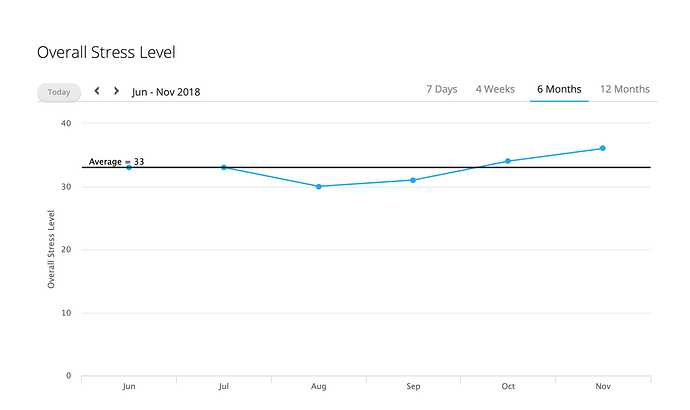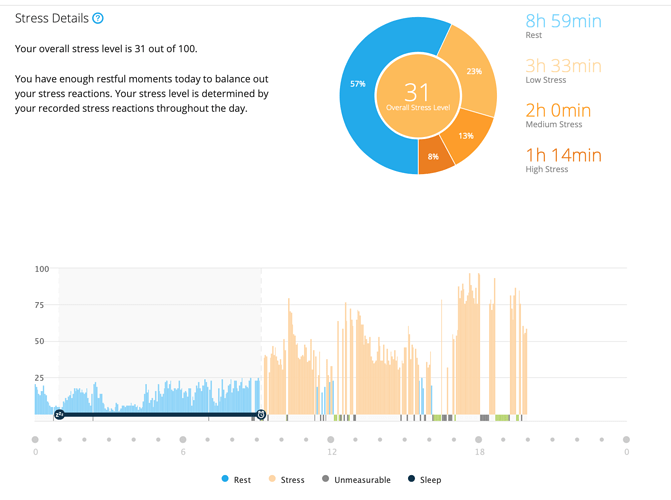There are a couple of devices approved in the US. Probably best known is the Kardia Mobile. Not suitable for riding as you need to put two hands on the electrodes for around 30 seconds. Oh, yeah, I won’t bother to steer the bike for 30 seconds. 
A few years ago, I had several days with bad sensations and was told I showed A-fib. In the nearly 5 years since then, I’ve never had any sensation I knew was A-fib, and the only time I’ve had something I thought might be A-fib, I was at home, in bed, in the early morning hours. From what I’ve been able to find, A-fib is associated with cardio exercise. This study said it was five times more common in endurance athletes (runners in particular). OTOH, some studies have shown that fitness acts like anti-arrhythmia drug - that overweight sedentary people who become fitter reduce their arrhythmia load.
I’ve been on a quest to understand this contradiction.



